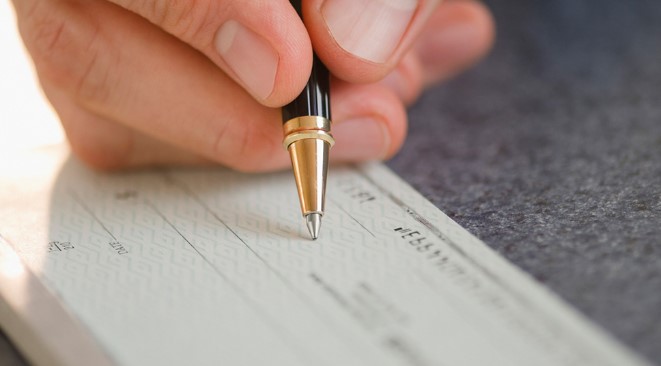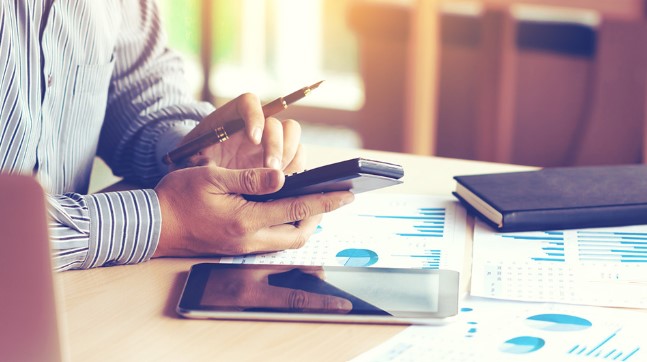WHAT IS A BANK OR CREDIT UNION ACCOUNT?
A bank or credit union account houses money that a customer deposits into the account and from which the customer can make withdrawals. The bank/credit union provides the customer with a periodic (usually monthly) summary of the deposits and withdrawals made to or from the account so that the customer can keep track of his or her income and expenses.
Banks and credit unions both offer similar services and products. When making the choice between a bank or credit union one should consider such things as; interest rates, fees, locations, and other services offered such as mobile banking.
How do banks make money?
Banks are just like any other for-profit business: they exist to make money. A bank makes money through Deposits. Lending at an interest rate that is higher than the rate which it pays on depositors‘ accounts. The interest rate a bank charges for loaned funds depends on how many people want to borrow money and how much money the bank has available for lending. The less money that is available, the more it costs to borrow it. Fees charged for service. Banks can‘t loan out all of their money because they are required by law to keep a small percentage on hand. The amount they must keep on hand is set by the Federal Reserve.
What are the differences between a bank and a credit union account?
A bank is a for-profit company that makes money from charging fees and lending money to its customers. Banks also pay taxes back into the community in which they do business.
A credit union is a not-for-profit cooperative financial institution owned and controlled by its members. Credit unions generally serve groups that share something in common, such as their profession, place of worship, or neighborhood.
CHOOSING A BANK OR CREDIT UNION
As with choosing anything else, to find the best deal on an account you must shop around. Begin your search by visiting local branches and asking questions about the services and products they offer. Or you may choose to initially compare financial institutions on the Internet, and narrow down the top alternatives before you visit a local branch.
When comparing information on various institutions, keep the following in mind:
- What benefits can the financial institution offer?
Benefits can include having lower minimum balance requirements, ability to waive monthly maintenance fees, higher rates on savings accounts and lower rates on loans and credit cards.
- What are the financial institution‘s fees and policies?
What is the cost of overdrawing your account? How much are the monthly maintenance fees – is the bank willing to waive them? How much will the bank charge you if you fall below the minimum balance requirement?
- What kind of accessibility do they offer?
Where in town are they located and how many locations do they have? What are their hours – are they open on weekends?
Do they offer online banking? Do they have nearby ATM locations?
- What is important to you?
Some things you might consider in terms of what is important to you are account types offered (does the financial institution offer student accounts?), locations and hours, fees, etc.











.jpg)
